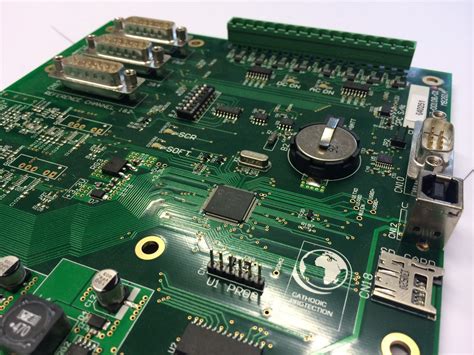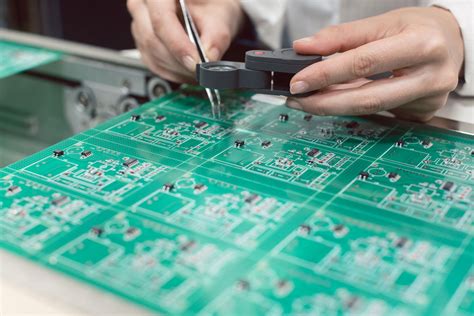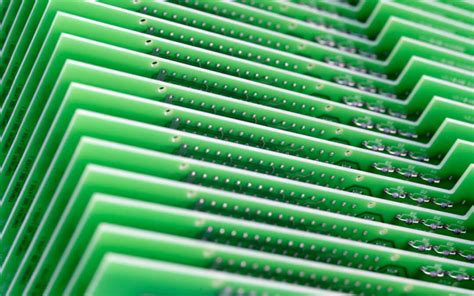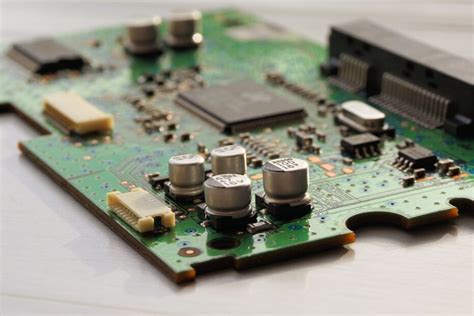Flexible circuits northfield minnesota
Innovations In Flexible Circuit Design In Northfield, Minnesota
In recent years, Northfield, Minnesota, has emerged as a notable hub for innovations in flexible circuit design, a field that is rapidly transforming the landscape of modern electronics. Flexible circuits, also known as flex circuits, are a type of printed circuit board (PCB) designed to be flexible, allowing them to fit into smaller, more complex spaces than traditional rigid PCBs.
This adaptability makes them ideal for a wide range of applications, from consumer electronics to medical devices and automotive systems.
The advancements in flexible circuit design in Northfield are driven by a combination of cutting-edge research, skilled workforce, and a supportive local ecosystem that fosters technological growth.
One of the key factors contributing to the success of flexible circuit innovations in Northfield is the presence of specialized companies and research institutions that focus on developing new materials and manufacturing techniques.
These organizations are dedicated to pushing the boundaries of what is possible with flexible circuits, exploring new substrates and conductive materials that enhance the performance and durability of these circuits. For instance, the use of advanced polymers and conductive inks has enabled the creation of circuits that are not only flexible but also stretchable, opening up new possibilities for wearable technology and other applications that require a high degree of flexibility.
Moreover, the collaborative environment in Northfield plays a crucial role in driving innovation.
Local companies often partner with academic institutions and research centers to leverage their expertise and resources. This collaboration facilitates the exchange of ideas and accelerates the development of new technologies. By working together, these entities can tackle complex challenges, such as improving the thermal management of flexible circuits or increasing their resistance to environmental factors like moisture and temperature fluctuations. As a result, Northfield has become a breeding ground for groundbreaking solutions that address the evolving needs of various industries.
In addition to technical advancements, the flexible circuit industry in Northfield benefits from a highly skilled workforce.
The region is home to a number of educational institutions that offer specialized training programs in electronics and materials science. These programs equip students with the knowledge and skills necessary to excel in the field of flexible circuit design. Furthermore, local companies often provide internships and apprenticeships, giving students hands-on experience and exposure to real-world challenges. This emphasis on education and training ensures a steady pipeline of talent, which is essential for sustaining innovation and maintaining Northfield’s competitive edge in the global market.
The impact of flexible circuit innovations in Northfield extends beyond the local economy, influencing global trends in electronics manufacturing.
As companies worldwide seek to develop smaller, lighter, and more efficient devices, the demand for flexible circuits continues to grow. Northfield’s contributions to this field are helping to shape the future of electronics, enabling the creation of products that were once thought impossible. From foldable smartphones to advanced medical implants, the applications of flexible circuits are vast and varied, and Northfield is at the forefront of this technological revolution.
In conclusion, Northfield, Minnesota, has established itself as a leader in the field of flexible circuit design through a combination of innovative research, collaboration, and a skilled workforce. The advancements made in this region are not only driving local economic growth but also influencing global trends in electronics manufacturing. As the demand for flexible circuits continues to rise, Northfield’s contributions will undoubtedly play a pivotal role in shaping the future of technology.

The Role Of Flexible Circuits In Northfield’s Tech Industry
Flexible circuits, often referred to as flex circuits, have become a cornerstone in the technological landscape of Northfield, Minnesota. As the tech industry continues to evolve, the demand for innovative and adaptable electronic solutions has surged, placing flexible circuits at the forefront of this transformation. These circuits, characterized by their ability to bend and conform to various shapes, offer a myriad of advantages that are particularly beneficial to Northfield’s burgeoning tech sector.
To begin with, the versatility of flexible circuits is a significant factor contributing to their widespread adoption in Northfield.
Unlike traditional rigid circuit boards, flexible circuits can be designed to fit into compact and irregular spaces, making them ideal for a range of applications from consumer electronics to medical devices. This adaptability not only enhances the functionality of electronic products but also allows for greater design freedom, enabling engineers and designers in Northfield to push the boundaries of innovation.
Moreover, the lightweight nature of flexible circuits is another attribute that has captured the attention of Northfield’s tech industry.
As devices become increasingly portable, the need for lightweight components becomes more critical. Flexible circuits, with their thin and lightweight structure, help reduce the overall weight of electronic devices without compromising performance. This is particularly advantageous in sectors such as aerospace and automotive, where weight reduction is crucial for efficiency and performance.
In addition to their physical attributes, flexible circuits also offer significant cost benefits.
The manufacturing process of flexible circuits often involves fewer materials and steps compared to traditional circuit boards, leading to reduced production costs. This economic advantage is particularly appealing to startups and small businesses in Northfield, which are often operating with limited budgets. By leveraging flexible circuits, these companies can produce high-quality products while maintaining cost-effectiveness, thereby enhancing their competitive edge in the market.
Furthermore, the reliability and durability of flexible circuits cannot be overstated.
These circuits are designed to withstand harsh environments and repeated flexing, making them suitable for applications that require long-term durability. In Northfield, where the tech industry is increasingly focusing on developing robust and reliable products, the use of flexible circuits ensures that devices can endure the rigors of everyday use and maintain their functionality over time.
The role of flexible circuits in Northfield’s tech industry is also underscored by the growing emphasis on sustainability.
As environmental concerns continue to shape the future of technology, the demand for eco-friendly solutions is on the rise. Flexible circuits, with their potential for reduced material usage and energy-efficient manufacturing processes, align well with the sustainability goals of many tech companies in Northfield. By integrating flexible circuits into their products, these companies can contribute to a more sustainable future while meeting consumer demands for environmentally responsible technology.
In conclusion, flexible circuits have emerged as a pivotal component in Northfield’s tech industry, offering a range of benefits that cater to the evolving needs of modern technology. Their versatility, lightweight nature, cost-effectiveness, reliability, and sustainability make them an indispensable asset for companies striving to innovate and excel in a competitive market. As Northfield continues to establish itself as a hub for technological advancement, the role of flexible circuits is likely to expand, driving further growth and innovation in the region.
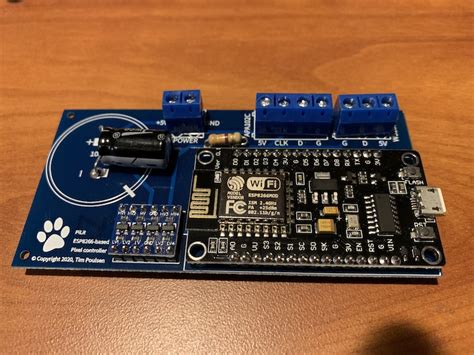
Sustainable Manufacturing Practices For Flexible Circuits In Northfield
In recent years, the manufacturing industry has increasingly turned its focus toward sustainable practices, and the production of flexible circuits in Northfield, Minnesota, is no exception. As the demand for flexible circuits continues to rise due to their applications in various electronic devices, the need for environmentally responsible manufacturing processes has become more pressing. Companies in Northfield are adopting innovative strategies to minimize their environmental impact while maintaining high-quality production standards.
One of the primary approaches to sustainable manufacturing in this sector is the implementation of energy-efficient technologies.
By investing in state-of-the-art machinery and equipment, manufacturers can significantly reduce energy consumption. For instance, the use of advanced laser cutting and etching technologies not only enhances precision but also decreases the amount of energy required compared to traditional methods. This shift not only benefits the environment but also results in cost savings for manufacturers, creating a win-win situation.
Moreover, the adoption of renewable energy sources is gaining traction among flexible circuit manufacturers in Northfield.
By harnessing solar or wind power, these companies can further reduce their carbon footprint. This transition to renewable energy is often supported by local government incentives, making it a financially viable option for many businesses. As a result, manufacturers can operate more sustainably while contributing to the broader goal of reducing reliance on fossil fuels.
In addition to energy considerations, waste management is a critical component of sustainable manufacturing practices.
Flexible circuit production often involves the use of various chemicals and materials, which can pose environmental hazards if not handled properly. To address this, manufacturers in Northfield are implementing comprehensive waste management systems. These systems focus on reducing waste generation at the source, recycling materials whenever possible, and ensuring the safe disposal of hazardous substances. By doing so, companies not only comply with environmental regulations but also demonstrate their commitment to corporate social responsibility.
Furthermore, the choice of materials plays a significant role in sustainable m#anufacturing.
Manufacturers are increasingly opting for eco-friendly materials that are either biodegradable or recyclable. This shift not only reduces the environmental impact of the final product but also aligns with consumer preferences for sustainable goods. By prioritizing sustainable materials, companies can enhance their brand reputation and appeal to environmentally conscious consumers.
Collaboration and innovation are also key drivers of sustainable practices in the flexible circuit industry.
Manufacturers in Northfield are partnering with research institutions and other industry players to develop new technologies and processes that further reduce environmental impact. These collaborations often lead to breakthroughs in material science and production techniques, paving the way for more sustainable manufacturing practices.
Finally, employee engagement and training are essential components of a successful sustainability strategy.
By fostering a culture of environmental awareness and responsibility, manufacturers
can ensure that their workforce is aligned with sustainability goals. Training programs that focus on best practices in energy efficiency, waste reduction, and material handling empower employees to contribute actively to the company’s sustainability efforts.
In conclusion, the flexible circuit manufacturing industry in Northfield, Minnesota, is making significant strides toward sustainability. Through energy-efficient technologies, renewable energy adoption, effective waste management, eco-friendly materials, collaborative innovation, and employee engagement, manufacturers are setting a benchmark for sustainable practices. As these efforts continue to evolve, they not only benefit the environment but also enhance the competitiveness and resilience of the industry in a rapidly changing world.
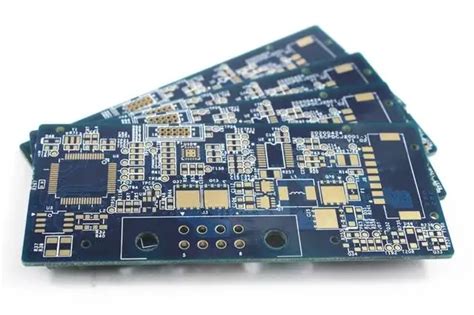
Future Trends In Flexible Circuit Applications In Northfield, Minnesota
Flexible circuits, also known as flex circuits, have been gaining significant traction in various industries due to their versatility and efficiency. In Northfield, Minnesota, a region known for its innovative spirit and technological advancements, the future of flexible circuit applications appears particularly promising. As industries continue to evolve, the demand for more adaptable and efficient electronic solutions is driving the exploration of new applications for flexible circuits. This trend is not only reshaping existing industries but also paving the way for new opportunities in Northfield.
One of the most notable trends in flexible circuit applications is their increasing use in the medical field.
Northfield, with its proximity to major medical research hubs, is well-positioned to benefit from this development. Flexible circuits are being integrated into wearable medical devices, which are becoming essential tools for patient monitoring and diagnostics. These circuits offer the advantage of being lightweight and conformable, making them ideal for devices that need to be worn comfortably over long periods. As the healthcare industry continues to prioritize patient-centric solutions, the demand for such innovative technologies is expected to grow, further solidifying Northfield’s role as a key player in this sector.
In addition to healthcare, the automotive industry in Northfield is also witnessing a surge in the adoption of flexible circuits.
As vehicles become increasingly sophisticated, the need for compact and reliable electronic systems is paramount. Flexible circuits provide a solution by allowing for more efficient use of space and weight, which is crucial in the design of modern vehicles. Moreover, as the push towards electric vehicles intensifies, the role of flexible circuits in battery management systems and other critical components is becoming more pronounced. This shift not only enhances vehicle performance but also contributes to the broader goal of sustainability, a value that resonates deeply within the Northfield community.
Furthermore, the consumer electronics sector is another area where flexible circuits are making a significant impact
. With the rise of smart devices and the Internet of Things (IoT), there is an increasing demand for electronics that can be seamlessly integrated into everyday objects. Flexible circuits offer the perfect solution, enabling the creation of devices that are not only functional but also aesthetically pleasing. In Northfield, local businesses and startups are leveraging this technology to develop innovative products that cater to the evolving needs of consumers. This trend is expected to continue, driving economic growth and fostering a culture of innovation in the region.
Moreover, the potential for flexible circuits extends beyond these industries, as they are also being explored for use in renewable energy systems, aerospace applications, and more.
The versatility of flexible circuits allows for their adaptation to a wide range of environments and requirements, making them an attractive option for various sectors. In Northfield, the collaboration between educational institutions, research centers, and industry leaders is crucial in advancing the development and application of flexible circuits. This collaborative approach not only accelerates innovation but also ensures that Northfield remains at the forefront of technological advancements.
In conclusion, the future trends in flexible circuit applications in Northfield, Minnesota, are indicative of a broader shift towards more adaptable and efficient electronic solutions. As industries continue to embrace these technologies, Northfield is poised to play a significant role in shaping the future of flexible circuits. Through continued innovation and collaboration, the region is set to capitalize on these emerging opportunities, driving economic growth and enhancing its reputation as a hub for technological advancement.


